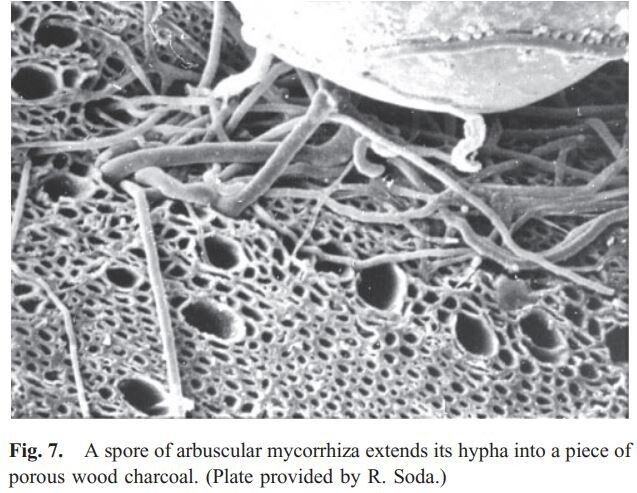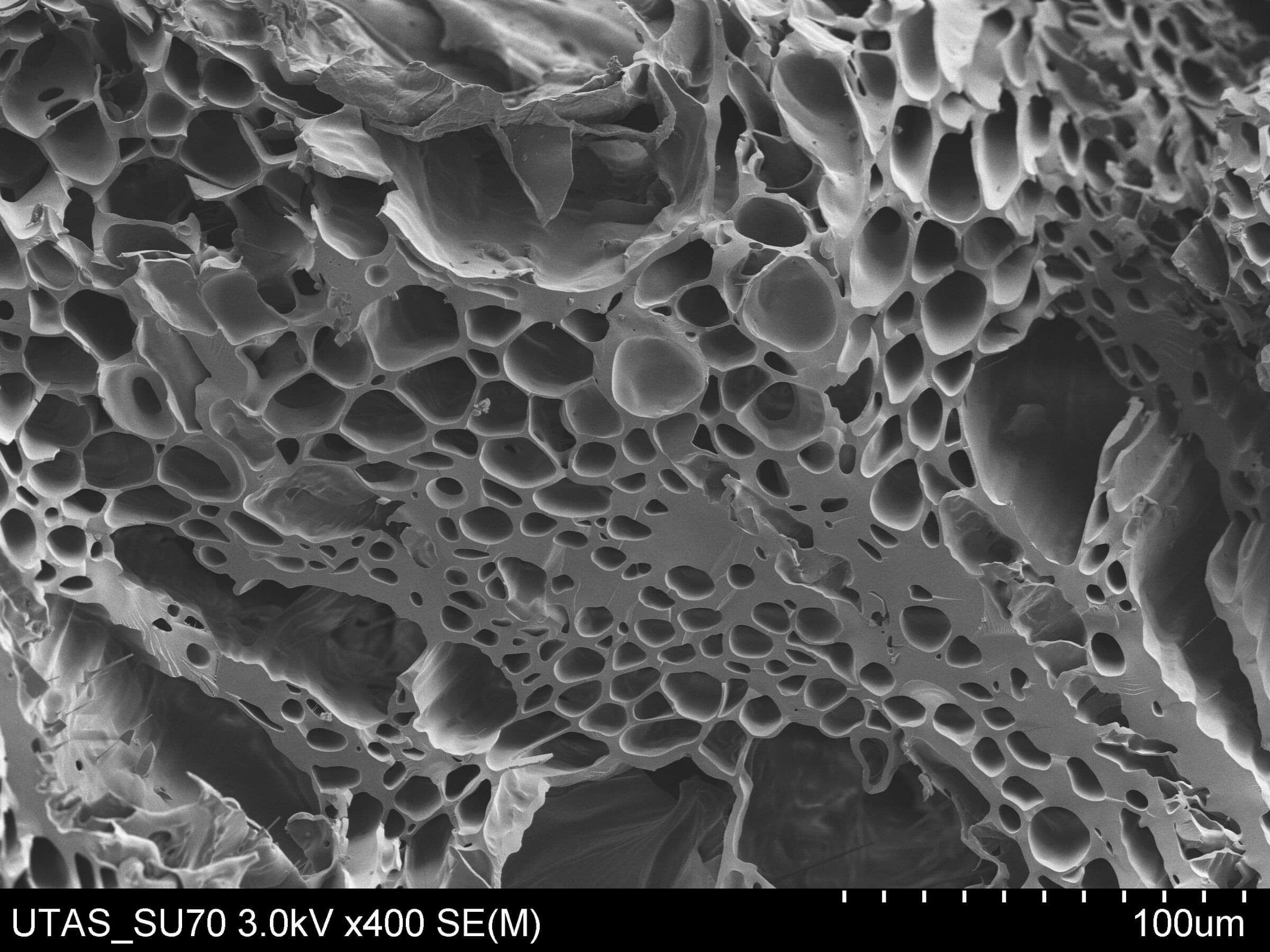What is the difference between biochar and activated carbon / charcoal? Can biochar replace activated carbon for growing plants?
Short story
The short story is that our biochar can replace activated charcoal in horticultural mixes, you will need to take special care before being used biochar raw, especially for seed raising mixes. And there does need to be some clarification of what people mean by “activated”.
Long story
The long story is as follows:
To clarify terminology, in chemical and materials engineering “activating” charcoal is a bit like cleaning it. I.e. charcoal is heated to extremely high temperature (up to 1100C+) and/or the pores of the material are cleaned out using high temperature steam. This is great for cleaning out any mineral ash and exposing more of the surface of the material to help processes within the soil / gut biome, but also makes it much more expensive.
For horticultural use, activating the char is unnecessary as:
Our biochar is fully pyrolyzed at over 400 degrees for hours, meaning that there’s virtually zero tars and nasties left over that could adversely affect plant or animal health
Going over 900C is overkill and going backward, as the fluffed up, open structure of the char starts collapsing around that temperature
We see no additional benefit in blowing out the small bits and ash, because plants use them to grow. Talk to us before using biochar in seed raising mix.
What is activating vs charging vs inoculating?
Some practitioners confuse “activating” charcoal with “charging” (covering the biochar surface with soluble minerals) and “inoculating” (filling the biochar pores with beneficial microbes).
When using biochar or activated carbon, it’s important to charge it with nutrients before putting it in your soil, or it will act like a magnet for nutrients and compete with your plants until the magnet is full.
If you have time before planting, we’ve written guides on composting with biochar via normal compost or bokashi, both of which are great for both charging and inoculating the biochar.
If you’re short on time, mixing the biochar with finished compost or vermicast as part of your growing mixes will be almost as good.
We don’t generally advise using raw biochar in seed raising mix as it’s easy to make mistakes with that, but it can be done successfully

Charged, inoculated biochar acts like a hotel for microbes - providing a refuge from predators and stresses, a buffet of nutrients and a currency exchange where microbes need to trade electrons.
Image credit: Ogawa, Makoto & Okimori, Yasuyuki. (2010). Pioneering works in biochar research, Japan. Soil Research. 48. 489-500. 10.1071/SR10006.
Need some specific advice for what you're growing?
Contact us using the form below. We're friendly and happy to answer your questions :)


